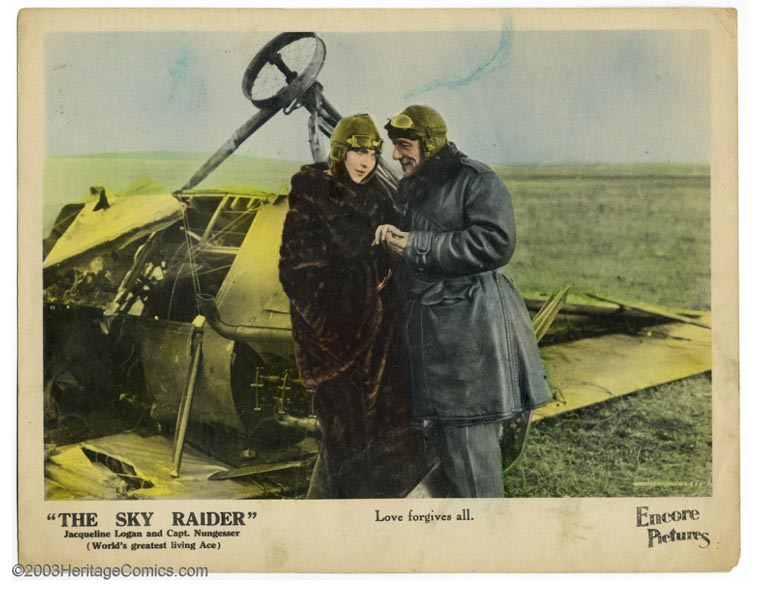
Found a description of Nungesser’s fight in the French History of the Second Hussar Regiment published in 1920. This is the follow-up to this post:
The episode occurred on 31 August/1 September 1914. The previous entry was 29 August (page 34), the next entry was dated 2 September.
Here is the translated account (according to Google Translate French as I don’t know French):
Nungesser episode. – However the Nungesser rider who joined the 148th combat train with his car received at 5 p.m. from the battalion commander of tail (battalion of the 53rd D. I.) the mission to go to all price in Laon, seek reinforcements. Leaving his wounded, Dubois, at the Coucy ambulance, Nungesser leaves with two infantrymen in his car. In the forest of Saint-Gobain he comes across posts enemies, who pulling on the engine immobilize the car.
Crawling in the ditches, hoping to escape to the enemies, the hussar and the two infantrymen saw arrive a 40 horse Mors ridden by four officers: a colonel, a captain of white cuirassiers and two lieutenants. Nungesser and his two comrades open fire and after having met the retort, can kill all the Germans. Putting on coats and caps of the dead, they jump in the car, Nungesser driving, re-enter our lines and arrive at E. Mr. where they bring back the important papers on the enemy officers. The general, enthusiastic, keeps Nungesser for lunch. “You are a hussar – he adds – you took a Mors, I give it to you, you will be the hussar of Mors 1. “
The footnote reads
1. This adventurous hussar had barely two months of service. Originally from Valenciennes, left at the age of fifteen for the Republic Argentina, he had been a cowboy there, then began his aviator training there. Arrived at the regiment at the end of June 1914, he had asked not to go to the deposit and immediately be paid into an active squadron.
The colonel had made him ride a difficult horse which he had known how to take advantage of and satisfaction had been given to his desire.
From the hands of the general of the 53 D. I. he received the Military Medal and brigadier’s stripes; after the Battle of the Marne, he was a house-marshal and joined the air force.
On a “Voisin”, he carried out 53 bombardments during the day and night, then taking the fighter monoplane, he descends from the aviatiks whose one which flew over Nancy. The city having opened a subscription in his honor he pays the proceeds to the hospitals.
A moving duel, in which he fires his last machine-gun band, 10 meters from his opponent earned him the Legion of Honor.
Following an injury which took away part of the palace, in 1916 he received the stripes of second lieutenant. At the end of hostilities he was a lieutenant, an officer of the Legion of Honor and was ranked second * in the ace behind Fonck; he had 43 victories. His head was set price by the Germans. Such was the career of this astonishing boy, constantly punished for his anti-regulatory loops, without ceaselessly rewarded for his acts of heroism.
* Charles Nungesser was the third highest scoring ace in French service. The late George Guynemer (1894-1917) with 54 claimed kills was second.
I did receive some assistance from http://www.overthefront.com in locating this document.
P.S. The link to the text is here: https://gallica.bnf.fr/ark:/12148/bpt6k6420573b/f14.image
The Nungesser story is on pages 36-37 (or pages 46-47 in the file).
P.P.S. The picture of Nungesser is from the 1925 Hollywood movie The Sky Raider.
P.P.P.S.
The paragraph below is from page 36, under the discussion of the 1st Squadron and just before the discussion of the Nungesser Episode. This event appears to be dated 29 August.
The mayor of Coucy makes a car available to the Lieutenant Ninnin to evacuate Anizy; Nungesser gets behind the wheel but the car finds the road blocked by the enemy; Lieutenant Ninnin goes back on horseback and by joins the 1st Shooters, rearguard of the 13th C. A. Evacuated on the 4th in Montmirail, he returned ten days later at the 2nd Hussars.
And then it goes into the discussion of the “Nungesser Episode.”

That is a pretty cool story.
Of course if he is a cowboy, he would know how to ride, and it made sense they gave him the toughest horses to ride even though he had not been with the hussars long.
The question is: is every part of this story true, or has there been some expansion of it? This is from a post-war regimental history written in 1920. I do wonder if they killed four Germans to take the car. The Medaille Militaire citation written at the time (and quoted in the previous post) mentions the car but does not mention killing four German officers.